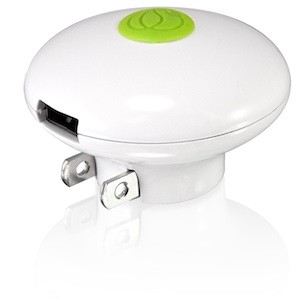 |
| Supporting local, independent shops is an enjoyable way to keep your Christmas shopping eco friendly. |
Uptown Saint
John has a great ad campaign running right now. It’s called “Shop outside the
box” which I think is a clever way to remind people that they can find unique
gifts for family and friends at a variety of independent retailers in uptown
Saint John.
I prefer to
support local businesses throughout our region during the Holiday shopping
season. I find that shopping in small, local stores keeps the joy in Holiday
shopping, making it a pleasurable event rather than a chore.
Personal
preference aside, buying local keeps four-times more of our shopping dollars in
our communities, compared to shopping at chain stores. It’s a way to invest in
our community and to grow our economy.
Shopping
“outside the box” can have an eco slant too.
Considering the environment when
you’re choosing gifts is a way to lower the carbon footprint of the Holidays while
giving meaningful gifts that can be put to good use.
Gift certificates:
We love to
give gift certificates to Imperial Theatre, Harbour Station events, or local restaurants.
It’s a nice way to treat the recipient to a night out. Or you can make a
donation to a local charity in someone’s name.
If you prefer
to give something that’s more wrap able here are a few more ideas, large and
small, that are fun, practical and ecofriendly.
- If you know someone who is a fan of good quality dark chocolate give them a stack of organic, fair trade chocolate bars wrapped with a pretty bow. This premium chocolate is pricier than your average bar so can be a sweet treat.
- For the coffee lover – a pound of best quality coffee beans and a handmade mug makes a great gift. (Java Moose and Beamer’s Creek coffee is roasted locally, Just Us! Coffee is roasted in Nova Scotia).
- A basket of specialty food is another unique gift that the recipient can put to good use, especially during the Holidays. Markets and many specialty shops carry a great variety of gourmet products, homemade and otherwise. Or you could fill a basket with your own homemade treats.
- Almost everyone could use an eco-friendly electronics charger. The Green Zero charger uses zero stand-by power and shuts off the power supply to a device when it’s fully charged, so you don’t need to worry about wasting power when you recharge overnight.
- Soda Stream is a simple home system for carbonating tap water. It's a countertop gadget with CO2 cartridges that are refillable (at Sears, Staples). Carbonate to your liking -- lots of bubbles or few -- and nix the cans and bottles of mineral water and club soda. (It takes about three litres of water to create one litre of bottled water and about 250 ml of oil -- includes oil used to make the bottle and gas to ship the filled bottle.)
Whatever
gifts you choose to give, considering the impact your shopping can have on your
community, and the environment, is another way to make your shopping, and the
Holiday season, meaningful.



.JPG)













